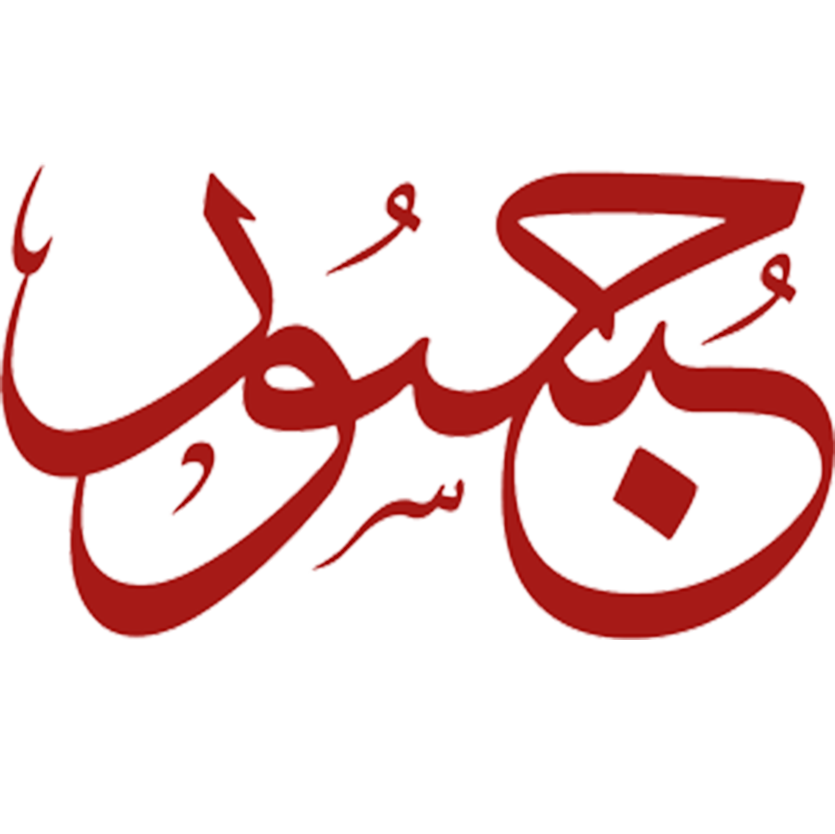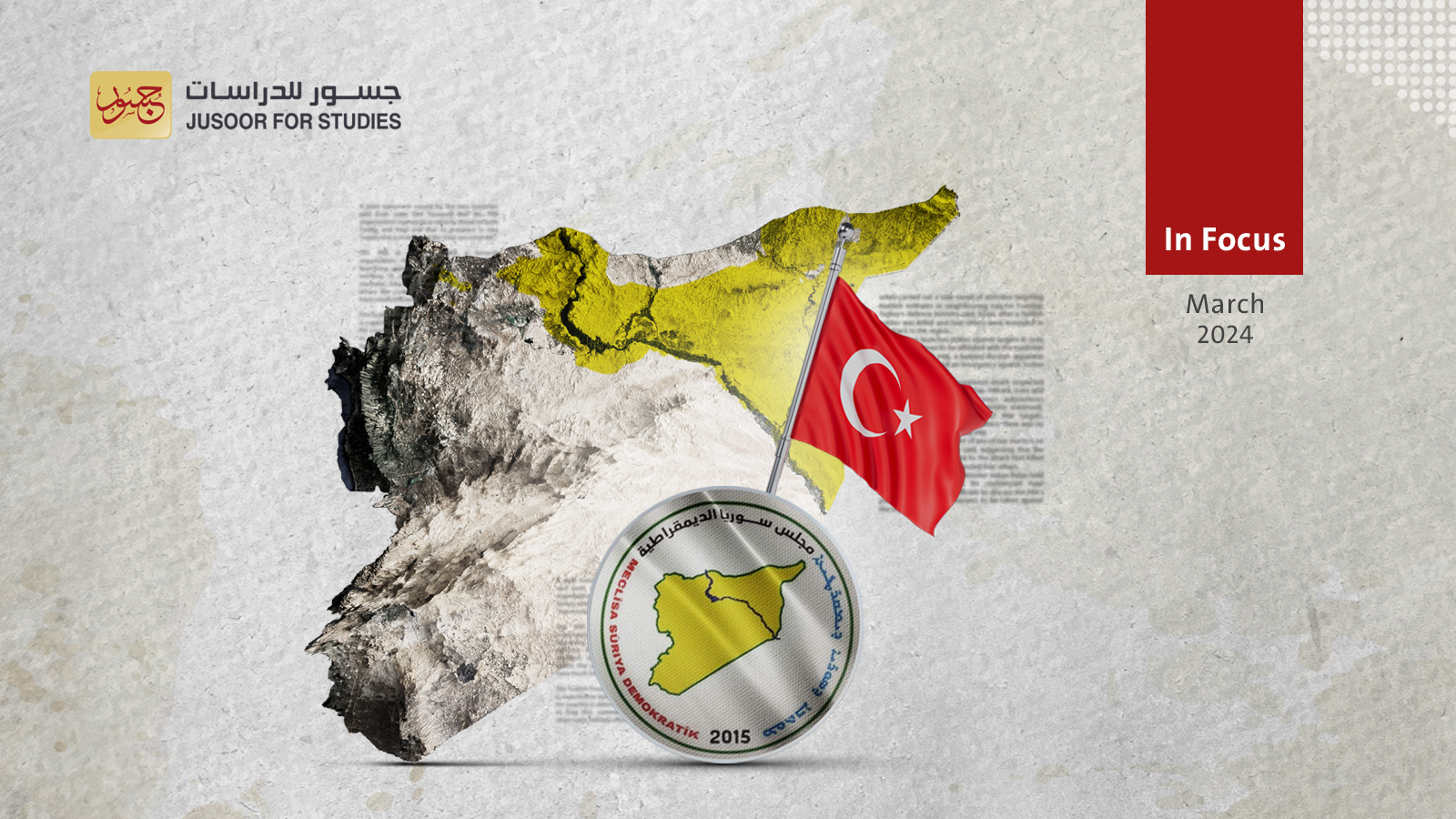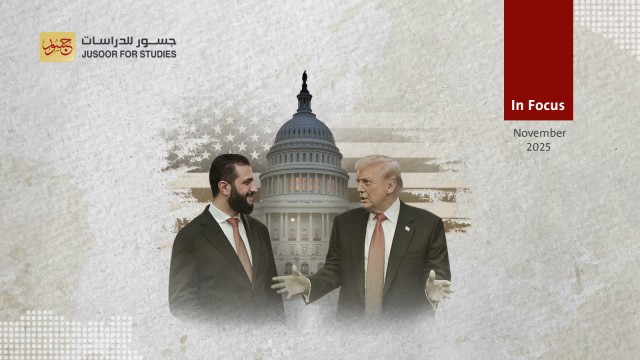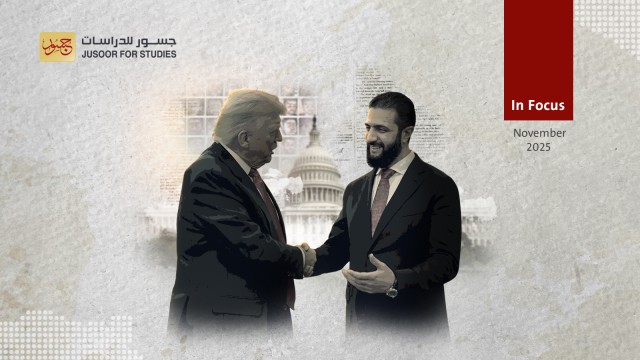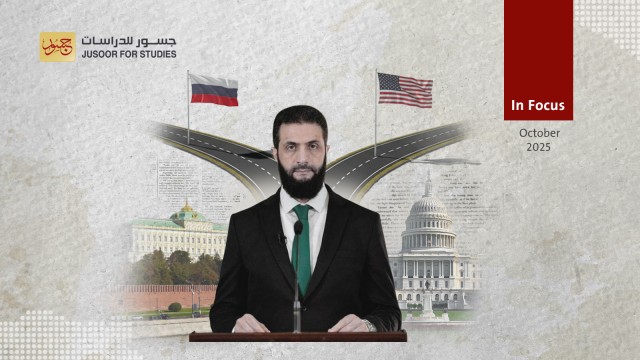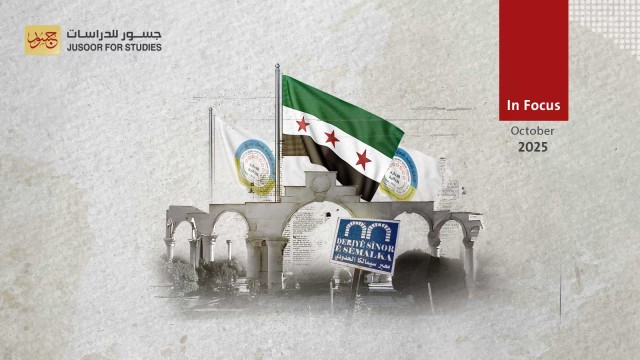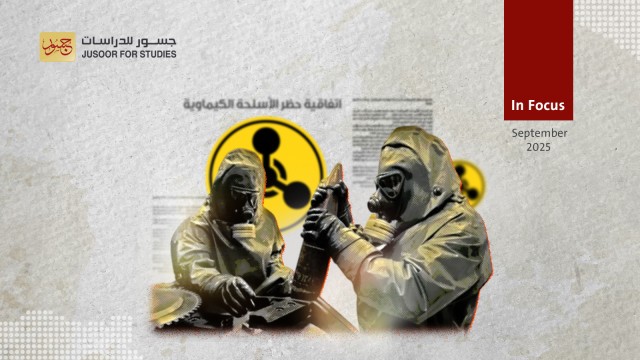How are Türkiye’s Anti-PKK Strikes Changing NE Syria?
Since late 2023, Türkiye has adopted a new strategy in its ongoing military campaign against the Kurdistan Workers’ Party (PKK) in northeastern Syria. It has broadened air strikes against PKK security and military targets, to include key economic and infrastructure assets, as well as attempting to cut off the group’s supply routes from northern Iraq as the threat of a ground offensive looms.
In the first quarter of 2024, Türkiye carried out at least five waves of airstrikes against the PKK and its affiliated organizations in Syria and Iraq, inflicting heavy damage on directly or indirectly PKK-controlled energy facilities and infrastructure. It has also killed several mid-ranking PKK commanders, although it has so far failed to eliminate the group’s top security or military leadership. This has left the PKK able to launch repeated attacks against both Turkish military assets and civilian targets, using its stronghold in Syria as a launchpad, as well as continuing to control or exert influence over the Kurdish-dominated Autonomous Administration in northern and eastern Syria.
Türkiye’s new strategy has posed a challenge for the PKK, which is under great pressure to find ways to counter the growing threat posed by Turkish air strikes and the damage they have inflicted on vital facilities. There is also growing speculation that Türkiye may launch a large ground operation targeting the PKK in northern Iraq this summer, in cooperation with the Iraqi army.
The PKK may seek to dampen the Turkish appetite for an offensive through political moves. For a start, the party and its affiliates could take measures that demonstrate – at least ostensibly – a willingness to see other local political, social, or other forces play a greater role in governing the region. Such measures could include accelerating and organizing elections to local councils, municipalities and other Autonomous Administration institutions, or allowing Arab tribal forces to play a greater role in administering certain areas such as Deir ez-Zor, where the civil and military governance structures are still being rebuilt after years of conflict.
However, none of these steps would substantially alter how these regions are administered, especially as PKK commanders and members would still indirectly manage all civilian, military and security institutions.
That said, the PKK may however also enter into negotiations with local or international parties, within or outside Syria, to help it face the escalating threat from Türkiye. This could include negotiating a deal for the Syrian regime to play a greater role in strategic sectors such as electricity, oil and gas, in the event that Türkiye continues to target such facilities and the PKK proves unable to protect or manage them alone. This could lead to an expansion of the agreement already in place since 2012 between the regime and the Democratic Union Party (PYD), the PKK’s Syrian arm, to share oil and gas revenues and manage associated infrastructure.
The PKK may also be forced to quit obstructing intra-Kurdish negotiations between the PYD and the U.S.-backed Kurdish National Council, which have been suspended since late 2020.
In conclusion, it appears that Türkiye’s new strategy of targeting oil, gas, economic facilities and infrastructure may undermine the ability of the Autonomous Administration and the Kurdish-dominated Syrian Democratic Forces to govern the region. This may push the PKK to resume Kurdish-Kurdish negotiations, ceding a greater role to other local political forces as the capacities of its own foreign cadres wane. It could also force the party to resume negotiations with Damascus and Moscow to jointly manage these key parts of the economy. This would hit the party’s revenues and loosen its grip on these sectors, which represent a major source of funding for it and its affiliates.
